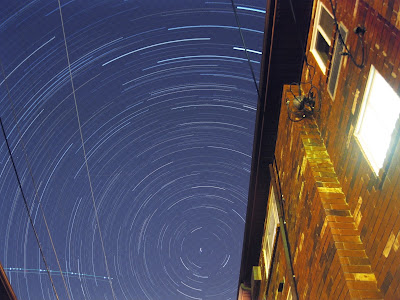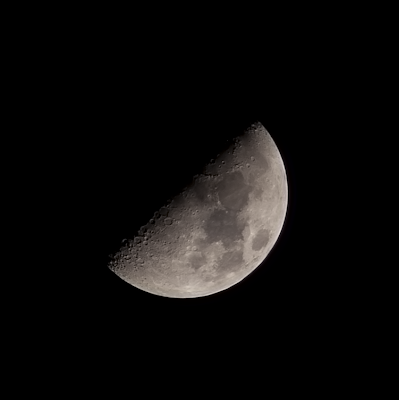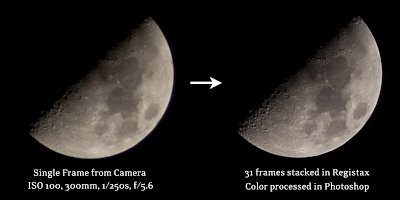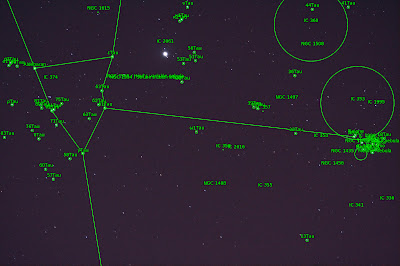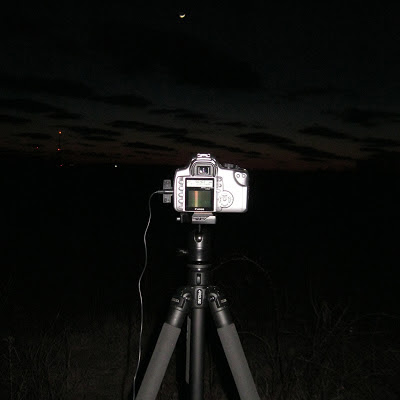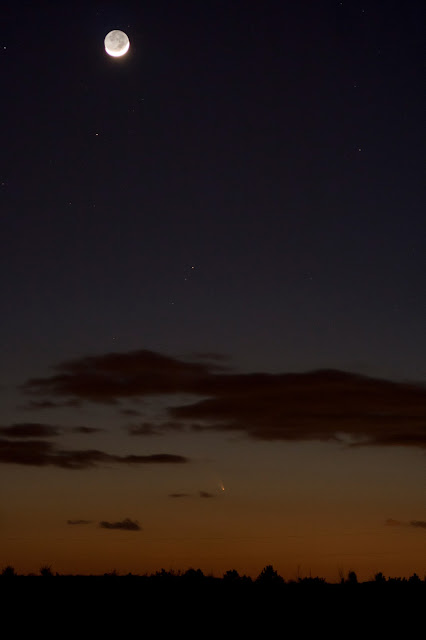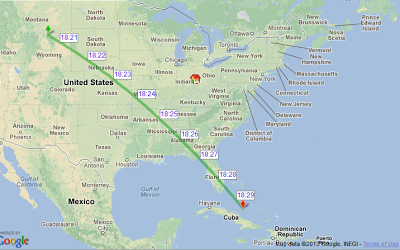 |
| Using Stellarium to plan my views of PanSTARRS below Andromeda |
That is, until I learned about a sort-of conjunction of the comet with the Andromeda Galaxy (within 2°) over the next week - especially from April 2-3. This event is definitely worth a special trip, and I'm excited to have another go at Andromeda, especially if I can catch it in the same frame as a comet! (See my previous attempt at Andromeda)
 |
| Grid lines in Stellarium show that the two objects will be separated by a few degrees relatively low in the NW sky |
It's also nice to know that PanSTARRS should be near Andromeda for a few days in a row, which will increase my chances of getting good weather. Although, as of right now, it looks like the weather should cooperate on both Tuesday and Wednesday nights (knock on wood).
 |
| Double clusters between Cassiopeia and Perseus are my backup targets |
My backup plan is to shoot a double cluster a little higher in the sky. I'm a little worried Andromeda will be too low to the horizon to get a good shot, or that it won't be dark enough by 9:00pm. If I'm going to make a 30 minute drive out to darker skies, I want to have plenty of targets.
